Day 1 – ISTANBUL / ADANA / ANTIOCH
Upon arrival at Istanbul Ataturk Airport, we connect directly
to a domestic flight to Adana, ancient Cilicia. From there, we
make our way to Tarsus, the birthplace of St Paul. Highlights
include St Paul’s well and Cleopatra’s Gate. We continue on
to Antioch at Orontes and stay the night there.
Day 2 – ANTIOCH
Today, we journey east to Antakya, ancient Antioch. Antioch
is thought to have been founded in 300 BC. St Peter was the
first to preach here, followed by St Paul and Barnabas whose
extensive efforts proved to be very fruitful for Christianity.
Highlights include the museum which houses a superb
collection of mosaics from Antioch, Daphne and Seleucia
Pieria. St Peter’s Grotto, the cave church, came to be known
as the meeting place of the early Christians. The most
interesting monument here is the Tunnel of Titus, which is
a tremendous canal dug for the purpose of diverting waters
from the Orontes River. Another highlight is the rock tombs
with their impressive facades pertaining to the Hellenistic
period.
Day 3 – ANTIOCH / CAPPADOCIA
After an early breakfast, we drive north to Cappadocia. Our
first stop is Derinkuyu, an underground city carved into
soft rocks resembling a huge labyrinth of tunnels, rooms,
kitchens, wine cellars and passageways. A huge chimney
ventilates this 8-level dwelling, which was used by Christians
hiding from their Roman and Byzantine persecutors. Their
colourful frescoes remain as vibrant as when they were first
made. Further on, we come to Cappadocia, which reminds
the visitor of a village out of Grimm’s Fairy Tales.
Day 4 – CAPPADOCIA
In the morning, we visit the Valleys of Goreme to explore the
unusual troglodyte dwellings, remains of the early churches
comprising complicated rooms hollowed out of the cones
of volcanic ash and decorated with scratched frescoes. We
will visit the Apple Church, the Church of Sandals, and the
Church with a Buckle in Goreme. Next stops are Ortahisar
and Pasabagi where monks used to live in seclusion in rock
cut rooms.
Day 5 – CAPPADOCIA / KONYA
After breakfast check-out from the hotel and proceed to the
pottery town of Avanos where Kizilirmak (Hallys), the longest
river of Turkey, meanders leaving the red clay on its banks
that has been the raw material of pottery for centuries. After
lunch drive to Konya, on the way visit to the 13th century
Seljukian masterpiece Sultanhan Caravanserai.
Day 6 – KONYA / PAMUKKALE
After breakfast we will drive to Pisidian Antioch (Yalvac)
where St. Paul opened Christianity to the world. Yalvac’s
history goes back to 280 B.C. During St. Paul’s time the
population was a mixture of Jews, Romans and Greeks. Very
little is left of Pisidian Antioch today. There is the propylaea
of the acropolis with a number of carved stones and the
remains of a Byzantine church. Then drive to Pamukkale.
Upon arrival we visit Hierapolis which was founded by
Pergamon king Telephos and named after his wife Hiera.
During the Byzantine period the city became the seat of
diocese with a large Christian Church dedicated to St. Philip,
martyred here in 80 A.D. Highlights include the Roman
Baths, the Temple of Apollo and the Theater.
Day 7 – PAMUKKALE / LAODICEA / SARDIS / KUSADASI
After breakfast visit to Laodicea where we find here two
Theaters, a large Stadium, a Water Tower and an Odeon. The
city is named by Antiochus II in honor of his wife, Laodicea.
St. Paul wrote a letter to the church here (Acts:4:16). Next on
our itinerary is Philadelphia which was an important Christian
centre during Byzantine times. We will see the ruins of the
Basilica. Then we drive to Sardis whose history dates back
to 12th century B.C. Sardis felt the influence of Christianity
very early and was included in the Seven Churches of the
Apocalypse. During the Byzantine times it was the seat of
a bishopric. Highlights will be a Synagogue, Gymnasium,
Byzantine Church and the Temple of Artemis.
Day 8 – KUSADASI / EPHESUS / KUSADASI
Following an early breakfast, we drive to the famous city of
Ephesus, one of the world’s finest archaeological sites. Our
tour will begin with the Basilica of St John “the Evangelist”
who came here with the Virgin Mary and wrote his Gospel
in Ephesus. The Temple of Artemis, considered to be one of
the Seven Wonders of Antiquity, was located here. Highlights
include the Library of Celcius, the Temple of Hadrian, the
Fountain of Trajan and the Theatre. We will also stop by the
House of Virgin Mary (on top of Mt Coressos). She was believed
to have spent her last years in this area. On 18 August 1961,
Pope John XXII proclaimed this place to be sacred.
Day 9 – KUSADASI / THYATIRA / PERGAMON / BURSA
We leave for Bursa. On the way visit a glimpse at one of the
Churches of Revelation in Izmir (Smyrna). Then we drive to
Thyteria to see the remains of the church. This was one of
the principle towns where Christianity spread quickly. Then
we will stop by hauntingly beautiful Pergamum which rises
high on a hill as one nears the city of Bergama. Highlights will
include the Altar of Zeus, Temple of Trojan and the Theater.
Day 10 – BURSA / IZNIK / ISTANBUL
After breakfast, we leave Bursa and drive to Iznik, formerly
known as Nicea. The city was founded around 1000 BC. In
325 AD, the First Ecumenical Council was held here for the
purpose of condemning the heresy of Arianism. The Seventh
Ecumenical Council was also held here in the St Sophia
Church, which we will visit. The church was built in the
4th century and has a mosaic floor which dates to the 6th
century. All gates and walls date from the Byzantine times.
Later we proceed to Istanbul. Visit Topkapi Palace, which was
home to the sultans between the 15th and 19th centuries. It
is now a museum exhibiting imperial collections of crystal,
silver, Chinese porcelain and imperial costumes. Lastly, we
will visit to the aromatic Spice Bazaar, where the smells of
cinnamon, cloves and thyme, rise from hundreds of colorful
muslin bags at every store-front.
Day 11 – ISTANBUL
Following breakfast, we take the Bosphorus cruise to enjoy
the unique experience of cruising between 2 continents,
Asia and Europe. After lunch, we will travel to the St. Sophia
(Divine Wisdom), now called the Ayasofya Museum. Built
by Constantine the Great, it was reconstructed by Justinian
in the 6th century and is unquestionably one of the finest
buildings of all time. Then we will visit Underground Basilica
Cistern and Hippodrome of Constantinople, the centre of
Byzantine civic life, where horse and chariot races used to
take place. Departure transfer to the airport for flight to
home.

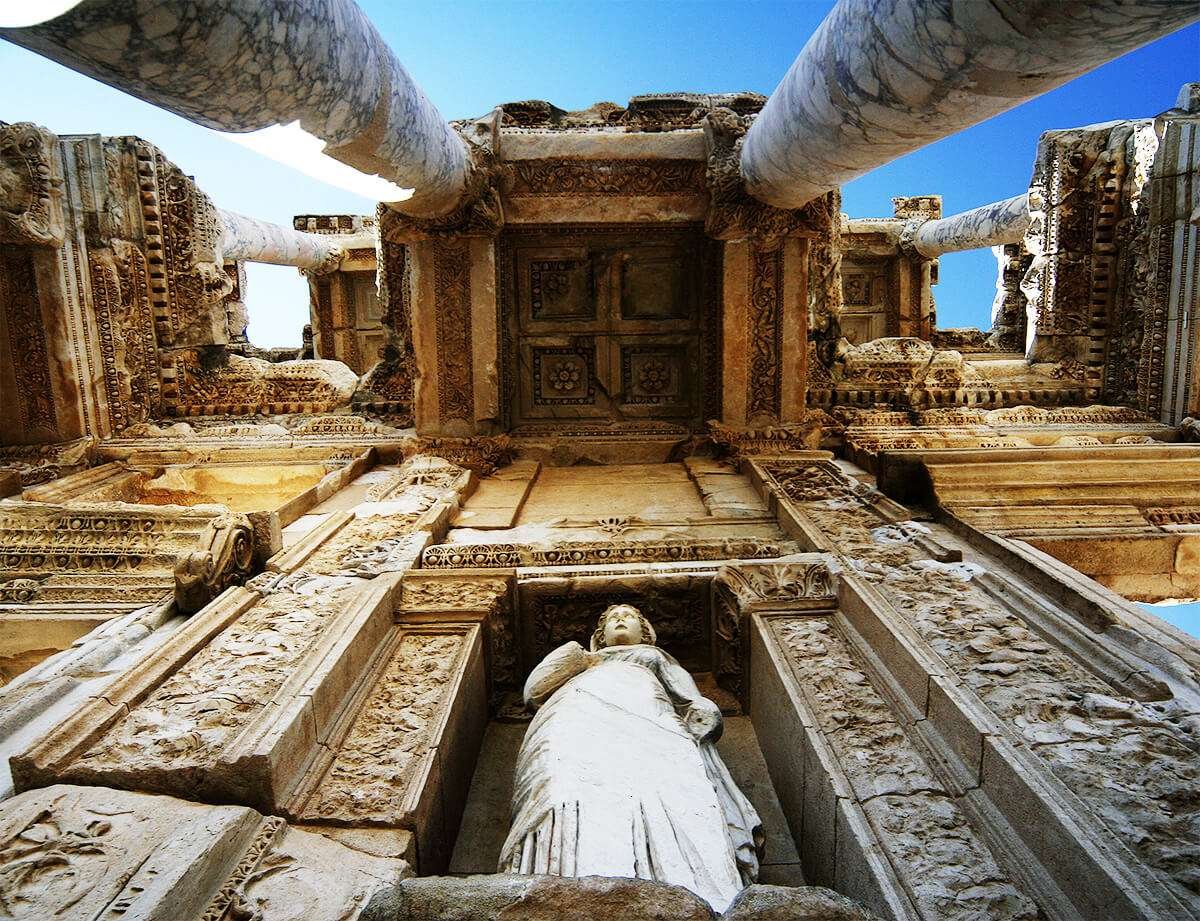



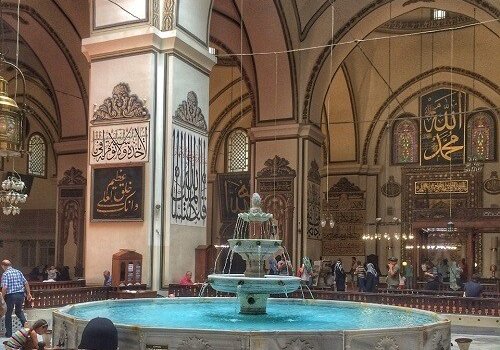
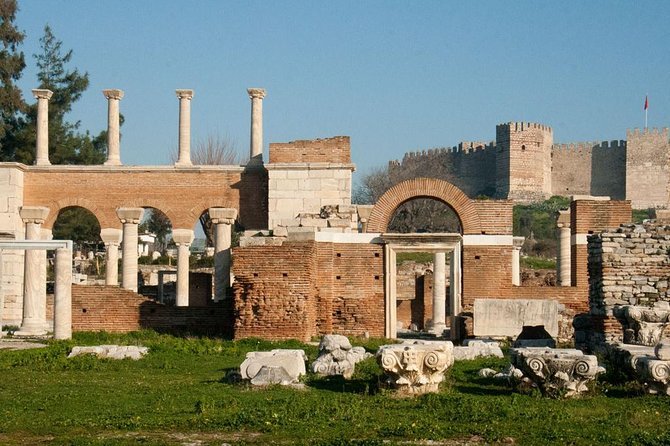




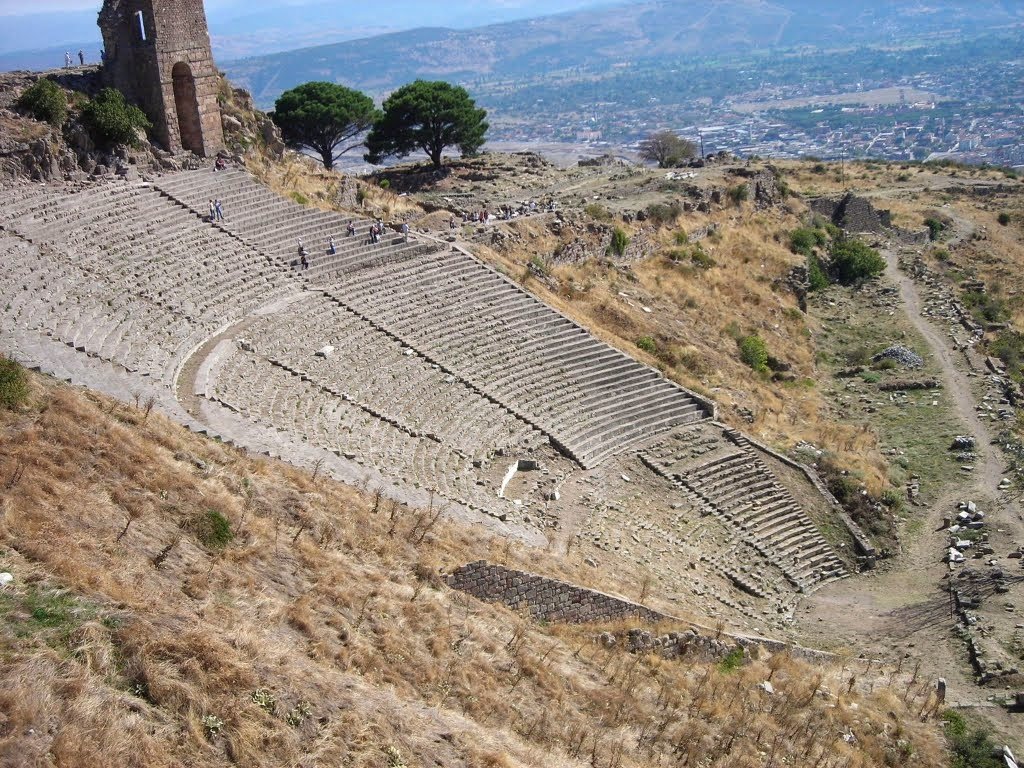



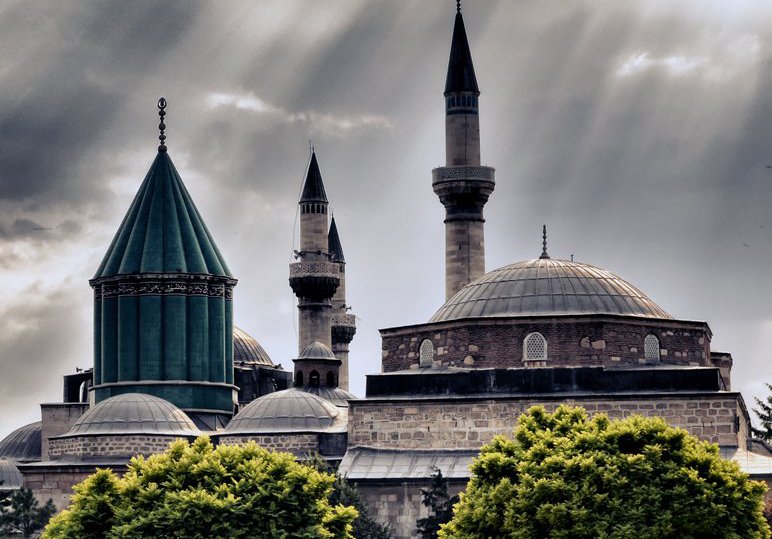

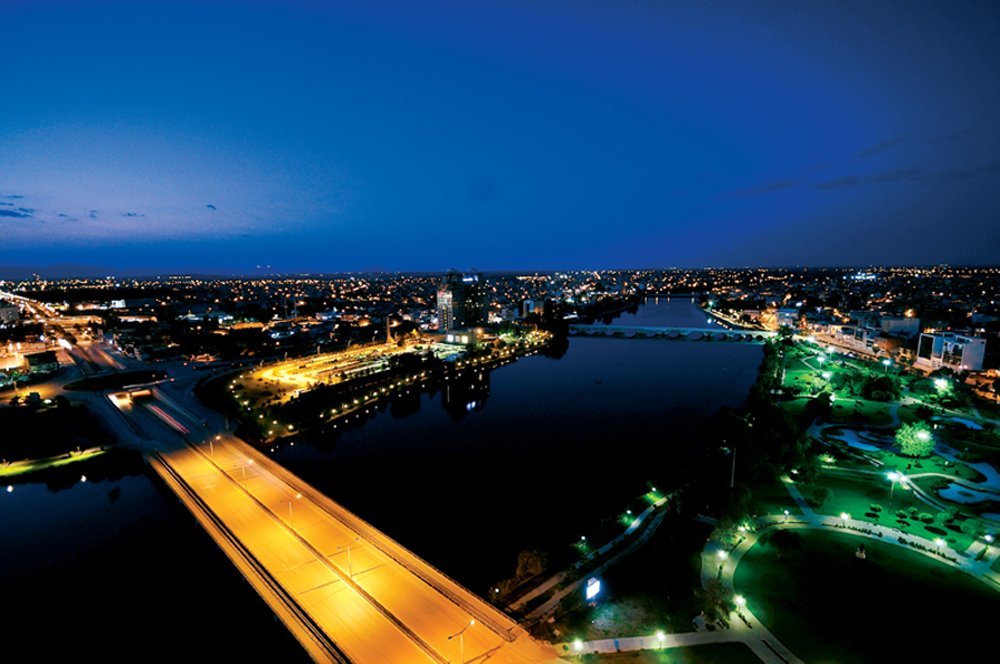


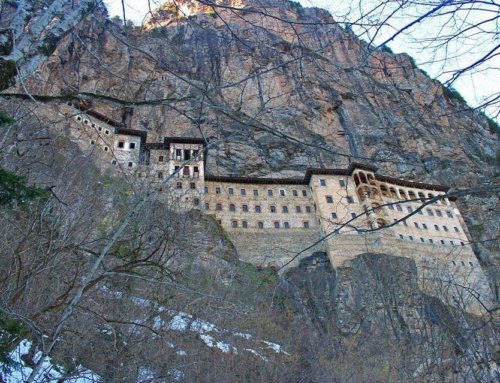


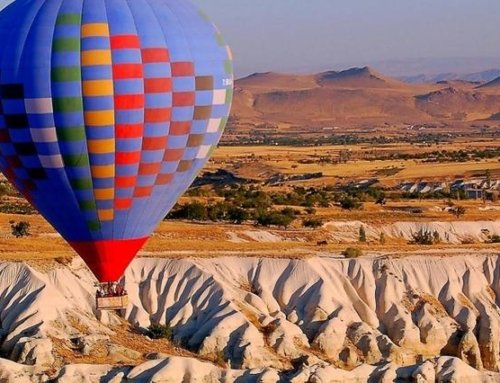
Leave A Comment
You must be logged in to post a comment.